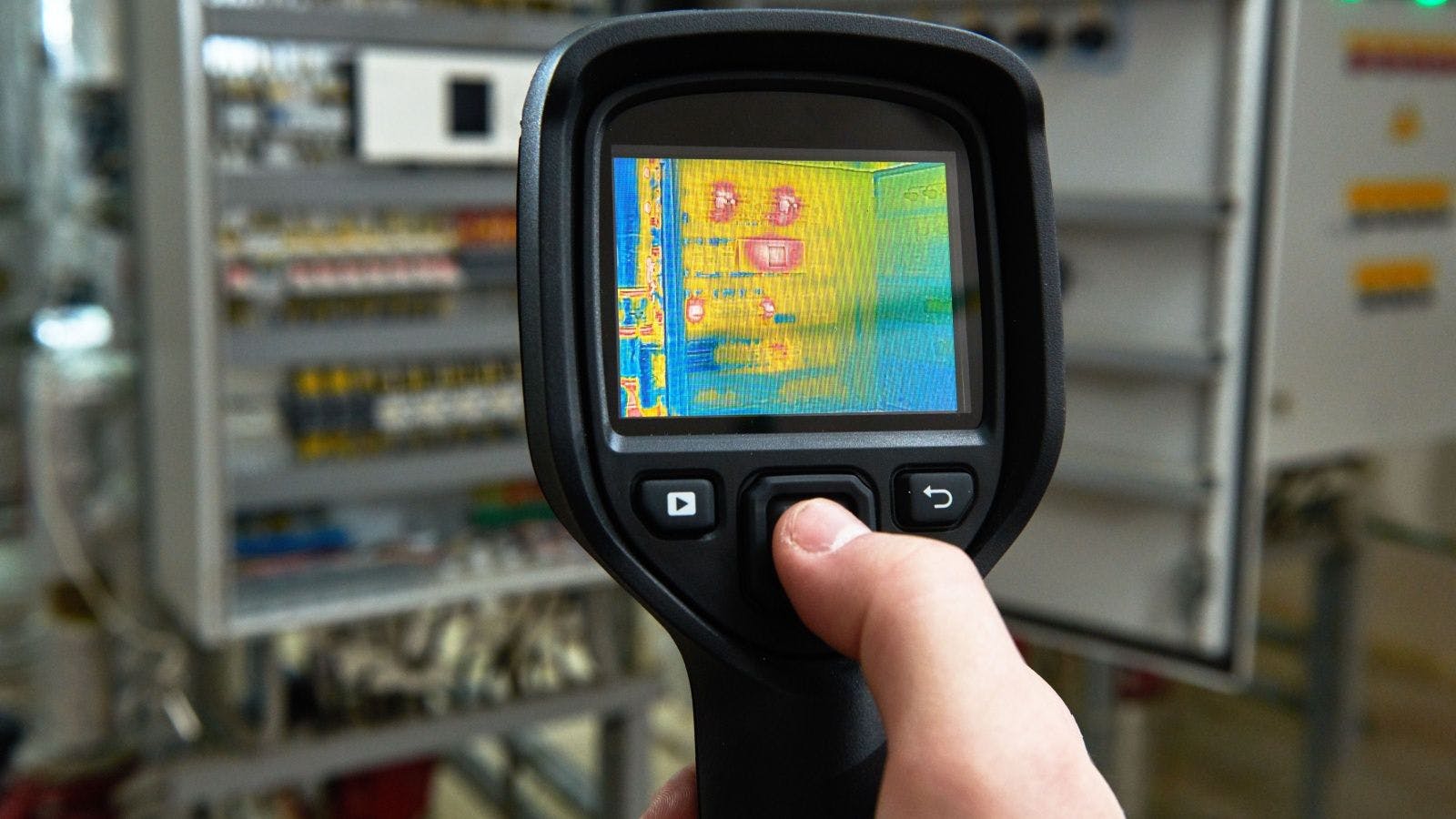
Contractors Turn to Tech to Help Reduce Jobsite Safety Risks
Construction companies, project teams and even insurance companies are increasingly turning to digitalization, and more specifically the internet of things (IoT), to gain much-needed visibility on the jobsite to improve safety, reduce risk and operate more efficiently.
A new study released by Dodge Data & Analytics, in partnership with Triax Technologies, found that nearly three-quarters of contractors surveyed believe IoT will help them control occupational risks, and about half expect it to reduce risks to the public, as well as financial risks and those related to property damage and construction defects. These findings represent a dramatic shift in thinking when it comes to digitalization of the jobsite.
Respondents report that they are actively collecting key safety and risk data, and more importantly, are using the insights to further their safety and risk practices. More than half of the respondents reported that they digitally gather or analyze data, while 77% report that they act upon key safety and risk insights.
IoT in Action
How exactly is IoT improving construction site safety and risk? Gilbane Building Company, for example, uses wearable devices that automatically collect information from workers onsite. These devices detect and document falls and provide a tool for workers to report unsafe conditions or signal distress in the field, boosting overall site communication and hazard identification.
The system also triggers automatic text message or email notifications, including the location and time of safety events, so that project leaders can deploy the appropriate response services more quickly and effectively, reducing the likelihood of compounded injuries. These notifications also allow project leaders to better investigate the circumstances leading up to an incident, providing critical context that can minimize risk exposure for future incidents.
In another example, Lettire Construction Corp. is using IoT as part of its long-term commitment to worker safety. On top of using wearable sensors to monitor worker activity and location at the jobsite, they are able to better document near-misses and generally improve risk management practices. Real-time worker location also reduces time wasted tracking down people and information on large, vertical construction projects in busy metropolitan areas.
In addition, firms armed with real-time jobsite data aggregated from IoT-based devices can better understand—and if needed, change—worker behavior, safety procedures and how tasks are managed. Instead of having insights buried in paper logs or files based on subcontractor, project or region, IoT-enabled safety data analysis allows construction companies to view project insights across their portfolio, enabling continuous safety improvement company-wide.
Challenges to IoT Adoption
Despite the growing interest in IoT, the Dodge Data & Analytics study revealed budgetary challenges to tech adoption. Only 10% of contractors report having a dedicated innovation budget, and when it comes to funding new risk-reducing technologies, 44% of contractors said they plan to absorb the costs in anticipation of long-term gains.
One way that contractors can recoup initial IoT investment is through fewer (or less severe) safety incidents and, ultimately, lower insurance premiums. With the automatic collection and transfer of safety and activity provided by IoT-enabled sensors, contractors and carriers have objective information, and context, around possible incidents and claims.
Even in the absence of an injury or claim, better visibility into site operations and safety incidents can connect previously siloed stakeholders to combine expertise and improve risk assessment, identification and mitigation.
According to the in-depth interviews conducted with insurers as part of the Dodge study, carriers agree that real-time site monitoring can have a high level of potential for reducing risk onsite. Forward-thinking contractors and carriers are keeping a close eye on emerging technologies, working together to identify applications and determine use cases/benefits.
Across the industry, the drive toward digitalization is providing contractors and insurance professionals with effective tools to better manage the chaotic construction environment and address jobsite safety and risk.
Not only will this help ensure that each worker returns home safely—everyone’s top priority—but it will also unlock opportunities to improve productivity and get projects completed on time and on budget.
Related stories








